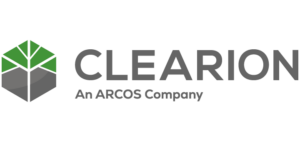Posted by Christopher Kelly

With the connected smart grid, today’s automated outage management systems (OMS) are savvy. If a tree falls across a power line, a resulting outage may occur at a nearby fuse, breaker or recloser and the OMS system will capture and track the occurrence. Utilities now know exactly when outages are occurring, who is affected and for how long—and can provide real-time information to their customers via websites and call centers.
But there is important information missing.
Today’s OMS systems track occurrences at the device level but most do not capture specifically where the fault is on the line, and, in the case of tree-caused outages, many pertinent details go undocumented.
Rest assured, if your utility is not currently conducting advanced outage forensics on your tree-caused outages, you’re not alone. Yet, if it’s not on your technology roadmap today, you may want to consider adding it.
The first step in this process is to build a database and begin to detail every outage by dispatching arborists to create electronic records that capture the physical and environmental characteristics of the outages. This will create an incident database that permits you to find patterns in your vegetation outage data that typically remain hidden. The second step is to overlay these outage investigation records onto GIS map with your vegetation management work history records, allowing you to conduct spatial analysis that goes beyond tree and weather patterns. This allows your arborist to ask questions of your broad spectrum data like, “What effect do treatment cycles have on tree-related outages? Is there a specific tree species causing a disproportionate number of incidents? Are there correlations among soil types or other regional patterns? Or is something else going on?”
With integrated OMS and vegetation management systems, utilities will capture data over time that can be used to develop area profiles, validate patterns and correlations, make reliability improvement recommendations, and implement stronger preventative maintenance plans and lower outages. It’s a win: win for everyone.
As you can see, these three examples over the past few weeks have nothing to do with how well your field management tools work. Sure, those tools require solid functionality for field users but that alone is not enough for achieving your long-term objectives.
Another way to look at this (with our apologies to the late President Kennedy): ask not what your data can do for you but, first, what you can do for your data. Liberate it from the department silo and get it moving among all of your systems (e.g., ERP, call center, OMS). Look for vegetation management software systems with strong integration capabilities and proven interoperability tools that can easily plug into your utility’s existing system architecture and integration framework. The benefits of enterprise integration are real—and it doesn’t have to be that difficult. It’s made much easier when you start with a system that is built for interoperability and integration.
